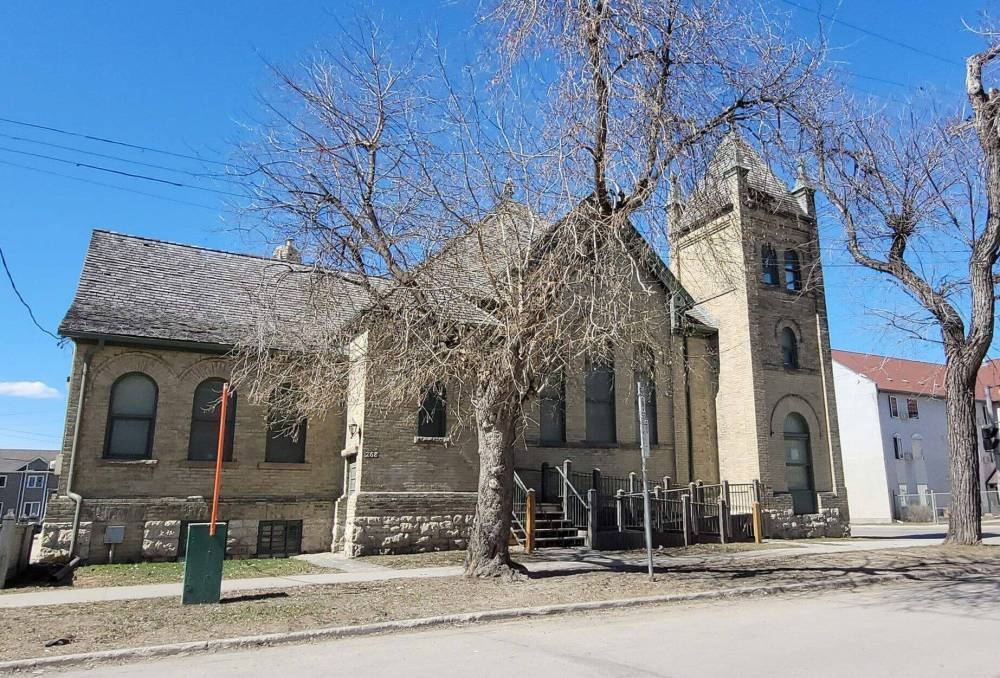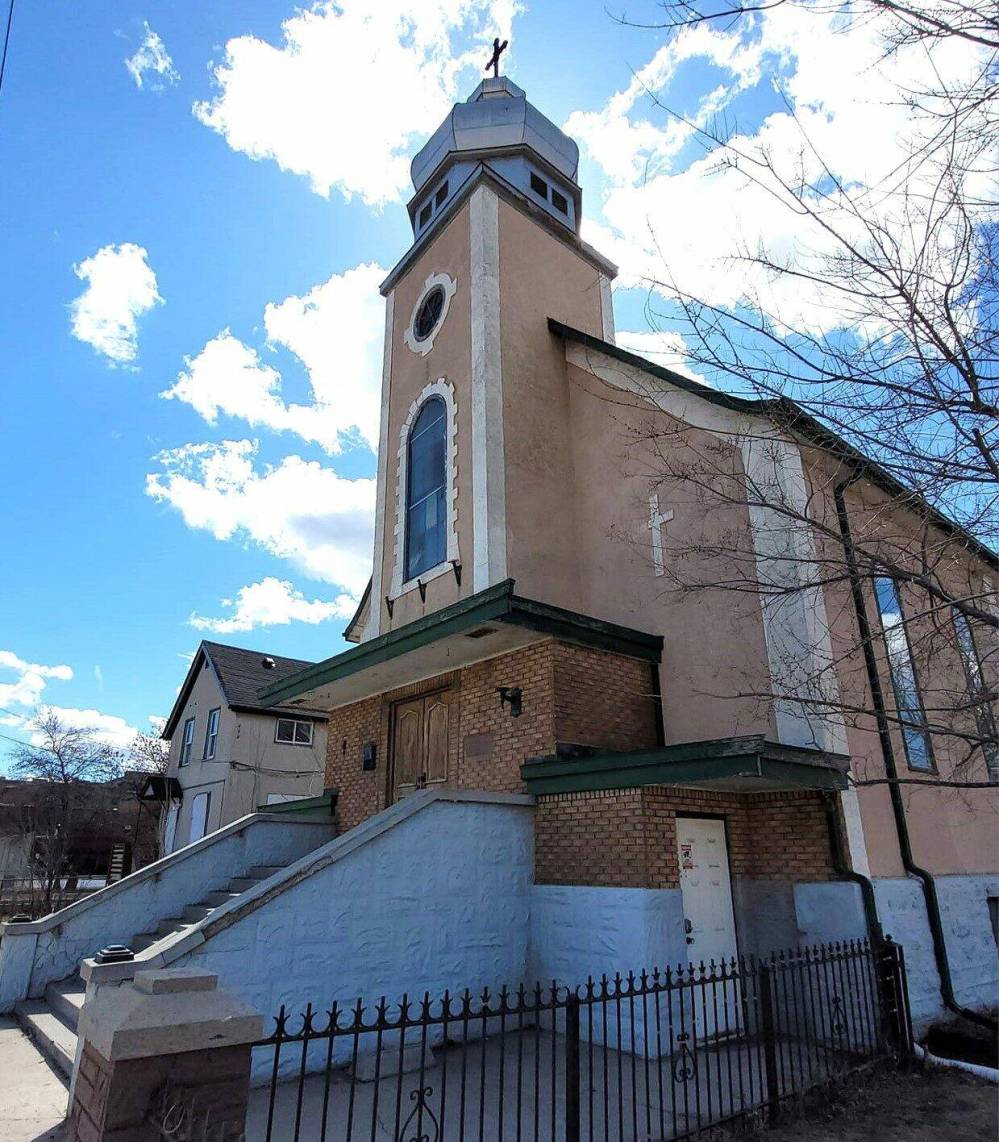Winnipeg’s ‘Swedish Main Street’
Advertisement
Hey there, time traveller!
This article was published 01/05/2024 (582 days ago), so information in it may no longer be current.
The section of Logan Avenue between King and Isabel streets was known as Winnipeg’s “Swedish Main Street’ from the late 1880s until the Second World War. Sadly, few signs of that once thriving community can be seen today.
Swedes began arriving in the Canadian prairies after the completion of the transcontinental railway in 1885. They came to escape poverty and hunger in their homeland. The 1911 census of Canada shows nearly 4,000 Swedish-born citizens living in Manitoba.
Many took advantage of the Homestead Act and moved to rural Manitoba to get 160 acres of land for $10. The federal government had set up a reservation for them, nicknamed New Sweden, north of Minnedosa and centred around the village of Erickson.

Photo by Christian Cassidy
The former First Scandinavian Mission Church at Logan Avenue and Ellen Street closed in 1975 and is now an office building.
About half of these new immigrants are believed to have stayed in Winnipeg and most settled around Logan Avenue between King and Isabel. This was due in large part to two Swedish churches established in the neighbourhood as mass immigration began. The first was the Swedish Lutheran Zion Church, founded in 1890, and the other was the First Scandinavian Mission Church, founded in 1892.
An array of Swedish businesses sprang up around these two churches, including a hotel, cafes, tailors, and food shops. Most of the eight Swedish-language national newspapers published in Winnipeg between 1887 and 1970 were printed in this neighbourhood.
Unlike some neighbourhoods, where new immigrant groups had a long-term impact, such as Ukrainians in the North End or Icelanders in the West End, the Swedes did not do the same on Logan Avenue.
In her book Swedes in Canada: Invisible Immigrants (2015, University of Toronto Press), Elinor Barr suggests that a combination of “Swedish humility” and the fact that, back home, Swedes had a much stronger allegiance to their regions than to a national Swedish identity, meant they were quick to assimilate into mainstream Canadian society.
As Swedes integrated and moved on to other parts of the city, other groups took their place. In the 1930s and ’40s, the Chinese community made the neighbourhood a residential suburb of the largely commercial Chinatown. According to the 2011 census, First Nations and Blacks made up 51% of the population.
An increase in commercial development, starting in the 1970s, and a housing redevelopment scheme in the 1980s saw most of the original Swedish apartment blocks and commercial buildings in the neighbourhood torn down.

Photo by Christian Cassidy
The former Swedish Lutheran Zion Church at Logan Avenue and Fountain Street was built in 1901.
The last vestiges of Swedish settlement on Logan Avenue are the two churches which drew immigrants to the neighbourhood in the first place.
The former Swedish Lutheran Zion Church at Logan Avenue and Fountain Street became a Ukrainian Catholic Church from 1950 to 2011. It is now being transformed into a performing arts centre called The Valiant.
The former First Scandinavian Mission Church at Logan Avenue and Ellen Street closed in 1975. After sitting empty for 15 years, it was saved from the wrecking ball by an engineering consulting firm that converted it into its offices.




